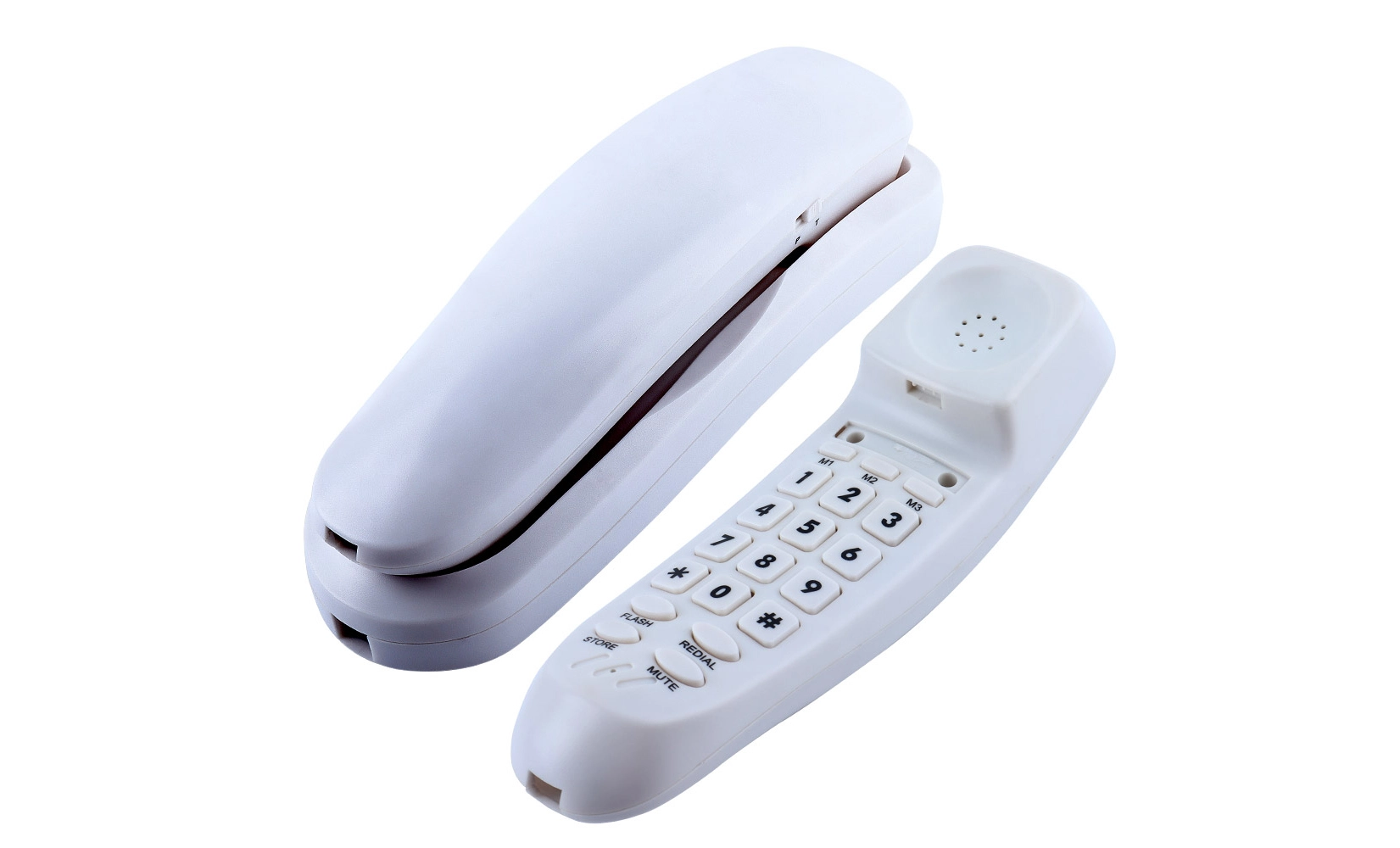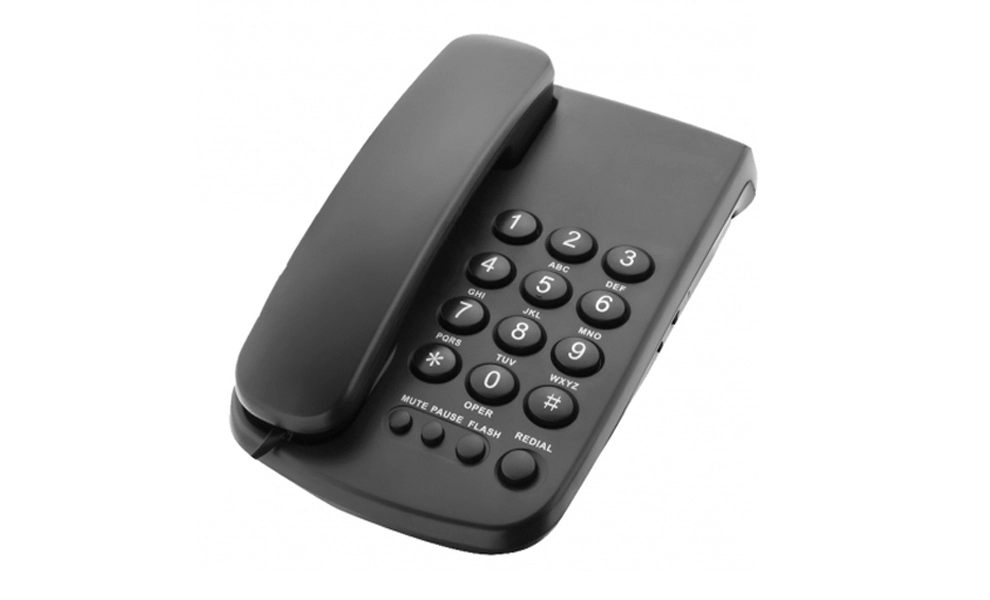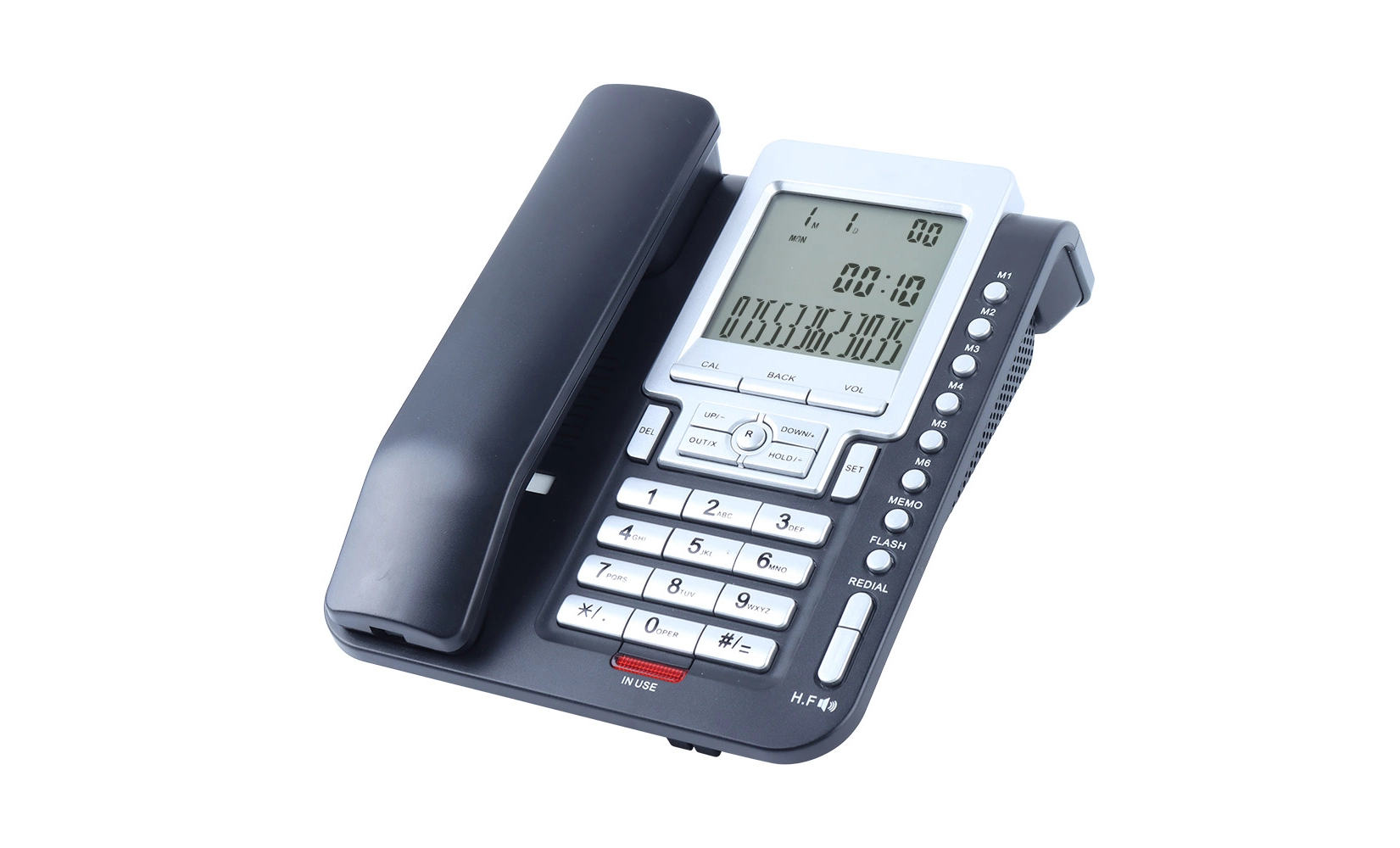How the Trimline Telephone Changed Home Communication?
The Trimline telephone revolutionized home communication by introducing a sleek, compact design that seamlessly integrated the dial and handset. This innovative approach, developed by Henry Dreyfuss in the 1960s, marked a significant departure from traditional bulky phone models. The Trimline's streamlined profile and lightweight construction allowed for unprecedented flexibility in placement and usage throughout the home. Its ergonomic design, featuring a dial or keypad on the handset itself, enabled users to make calls from any position, even while reclining. This groundbreaking concept not only enhanced convenience but also reshaped the aesthetics of home telecommunications, paving the way for future advancements in telephone design.
The Evolution of Home Telephone Design
From Bulky to Streamlined: The Birth of the Trimline Telephone
The journey of the home telephone from its inception to the Trimline Telephone model is a fascinating tale of technological progress and design innovation. In the early days of telephony, phones were cumbersome devices, often consisting of separate mouthpieces and earpieces. These early models were stationary fixtures, typically mounted on walls or placed on dedicated tables. As technology advanced, rotary dial phones became the norm, but they still occupied significant space and lacked mobility.
The advent of the Trimline telephone in the 1960s marked a pivotal moment in this evolution. Designed by Henry Dreyfuss for Western Electric, the manufacturing arm of AT&T, the Trimline Telephone was a response to the growing demand for more versatile and aesthetically pleasing communication devices. Its most distinguishing feature was the integration of the dial (and later, keypad) directly into the handset, a concept that seems obvious today but was revolutionary at the time.
This design allowed for unprecedented flexibility in use. No longer tethered to a base by the need to access the dial, users could now comfortably make calls from any position – standing, sitting, or even lying down. The Trimline Telephone's sleek profile and lightweight construction made it easy to hold for extended periods, addressing the ergonomic issues that plagued earlier models.
Design Features That Set the Trimline Telephone Apart
The Trimline telephone's innovative design was characterized by several key features that set it apart from its predecessors:
- Integrated Dial/Keypad: The most notable feature was the placement of the dial or keypad on the handset itself, allowing for one-handed operation.
- Illuminated Dial: Many models included a light-up dial or keypad, enhancing usability in low-light conditions.
- Compact Base: The base of the Trimline Telephone was significantly smaller than traditional phones, freeing up valuable surface space.
- Versatile Mounting Options: The Trimline Telephone could be used as a tabletop phone or easily mounted on a wall, offering flexibility in placement.
- Customizable Colors: Available in a range of colors, the Trimline Telephone allowed consumers to match their phone to their home decor for the first time.
These features not only improved the functionality of the telephone but also transformed it into a design element within the home. The Trimline Telephone's aesthetic appeal made it a desirable object, often prominently displayed rather than hidden away.
Impact on Home Communication Habits
Enhancing Mobility and Convenience
The introduction of the Trimline telephone significantly altered how people communicated within their homes. Its compact design and integrated handset-dial allowed for unprecedented mobility, freeing users from the constraints of stationary phone locations. This newfound flexibility had several profound effects on home communication habits:
- Extended Call Duration: The comfortable design of the Trimline Telephone made it easier to engage in longer conversations, as users could move around or recline while talking.
- Increased Privacy: The ability to easily carry the phone to a quiet room or corner enhanced privacy during calls, particularly in households with multiple family members.
- Improved Accessibility: The Trimline Telephone's compact size and wall-mounting option allowed for installation in previously impractical locations, such as bedrooms or kitchens, making phone communication more accessible throughout the home.
These changes in usage patterns fostered a more relaxed and integrated approach to telephone communication. Calls became less of a formal, stationary activity and more of a fluid part of daily life.
Shifting Perceptions of Phone Placement and Usage
The Trimline Telephone's versatility and aesthetic appeal led to a fundamental shift in how people viewed and used telephones within their homes:
- Multiple Phone Households: The Trimline Telephone's affordability and compact size made it more feasible for homes to have multiple phone extensions, a luxury previously reserved for the wealthy.
- Phones as Decor: Its sleek design turned the telephone from a purely functional device into a decorative element, influencing interior design choices.
- Personalization: The availability of different colors allowed for personalization, with phones chosen to match or complement room decor.
- Bedside Communication: The Trimline Telephone's compact size made it ideal for nightstand placement, changing nighttime communication habits and emergency accessibility.
This shift in perception transformed the telephone from a utilitarian device into an integral part of home life and decor. The Trimline Telephone became a symbol of modern living, reflecting the growing importance of accessible communication in daily life.
Legacy and Influence on Modern Telecommunications
Inspiring Future Innovations
The Trimline telephone's revolutionary design laid the groundwork for numerous innovations in telecommunications technology. Its influence can be seen in various aspects of modern phone design:
- Cordless Phones: The concept of a fully integrated handset in the Trimline Telephone was a precursor to cordless phone technology, which took mobility to the next level.
- Mobile Phones: The idea of having all phone functions in a handheld device directly influenced the development of cellular phones.
- Ergonomic Design: The Trimline Telephone's focus on user comfort and ease of use set a new standard for ergonomic considerations in phone design, influencing everything from office phones to smartphones.
- Customization: The introduction of color options in the Trimline paved the way for the extensive customization options available in modern phones.
These innovations demonstrate how the Trimline Telephone's core principles of compactness, mobility, and user-centric design continue to shape the evolution of communication devices.
Enduring Impact on Consumer Expectations
The Trimline telephone not only influenced technological development but also had a lasting impact on consumer expectations for communication devices:
- Design Integration: Consumers now expect communication devices to blend seamlessly with their living spaces, a concept pioneered by the Trimline Telephone.
- Multifunctionality: The integration of multiple functions (dialing and speaking) in one handheld unit set the stage for the multifunctional devices we use today.
- Personalization: The ability to choose phone colors to match individual tastes has evolved into the extensive personalization options available in modern smartphones.
- User-Centric Design: The Trimline Telephone's focus on user comfort and convenience established a benchmark for user-centric design in all consumer electronics.
These enduring expectations continue to drive innovation in the telecommunications industry, ensuring that new products prioritize user experience alongside technological advancement.
Conclusion
The Trimline telephone stands as a pivotal innovation in the history of home communication. Its sleek design, integrated functionality, and focus on user comfort revolutionized not just how we use telephones, but how we perceive and interact with communication technology in our daily lives. From inspiring the development of cordless and mobile phones to setting new standards in ergonomic design and customization, the Trimline Telephone's influence extends far beyond its time.
As we continue to witness rapid advancements in telecommunications, the principles embodied by the Trimline Telephone – simplicity, functionality, and user-centric design – remain as relevant as ever, guiding the creation of devices that seamlessly integrate into our lives and spaces.
Trimline telephone with CE-certified build & fast ship | CHEETA
CHEETA, a leading manufacturer of high-quality telephony solutions, offers a range of Trimline-inspired telephones that combine classic design with modern technology. With 18+ years of OEM/ODM experience, our 1,200㎡ factory produces 1,000 CE and ROHS-certified analog units daily. Our products undergo rigorous 11-step inspections, ensuring a failure rate below 1%.
We specialize in slimline phones with practical layouts, compact corded handsets, and space-saving designs that blend seamlessly with modern interiors. Our commitment to innovation and quality makes us the ideal partner for businesses seeking reliable, stylish communication solutions. For more information, contact us at allen@cheeta.com.cn.
References
1. Dreyfuss, H. (1967). The Measure of Man: Human Factors in Design. Whitney Library of Design.
2. Fischer, C. S. (1992). America Calling: A Social History of the Telephone to 1940. University of California Press.
3. Mercer, D. (2006). The Telephone: The Life Story of a Technology. Greenwood Publishing Group.
4. Robson, D., & Cormack, A. (1992). Design and Communication in a Technical Age. Hodder & Stoughton.
5. Young, L. C. (1991). The Telephone's Long Distance: Geographic Sense and the Social Sciences. American Literary History, 3(3), 598-616.

Kindly inform us your interested product and your detailed requirement, so that we can give you a best suggestion.

Shenzhen Cheeta Technology Co., Ltd – Leading Communication Telephone Manufacturer



